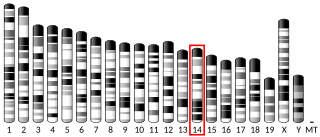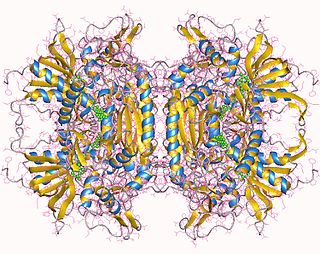| L-galactonolactone oxidase | |||||||||
|---|---|---|---|---|---|---|---|---|---|
| Identifiers | |||||||||
| EC no. | 1.3.3.12 | ||||||||
| CAS no. | 69403-13-0 | ||||||||
| Databases | |||||||||
| IntEnz | IntEnz view | ||||||||
| BRENDA | BRENDA entry | ||||||||
| ExPASy | NiceZyme view | ||||||||
| KEGG | KEGG entry | ||||||||
| MetaCyc | metabolic pathway | ||||||||
| PRIAM | profile | ||||||||
| PDB structures | RCSB PDB PDBe PDBsum | ||||||||
| |||||||||
In enzymology, a L-galactonolactone oxidase (EC 1.3.3.12) is an enzyme that catalyzes the chemical reaction
- L-galactono-1,4-lactone + O2 L-ascorbate + H2O2
Thus, the two substrates of this enzyme are L-galactono-1,4-lactone and O2, whereas its two products are L-ascorbic acid and H2O2.
This enzyme belongs to the family of oxidoreductases, specifically those acting on the CH-CH group of donors with oxygen as acceptor. The systematic name of this enzyme class is L-galactono-1,4-lactone:oxygen 3-oxidoreductase. This enzyme is also called L-galactono-1,4-lactone oxidase. This enzyme participates in ascorbic acid and aldaric acid metabolism. It employs one cofactor, FAD.




